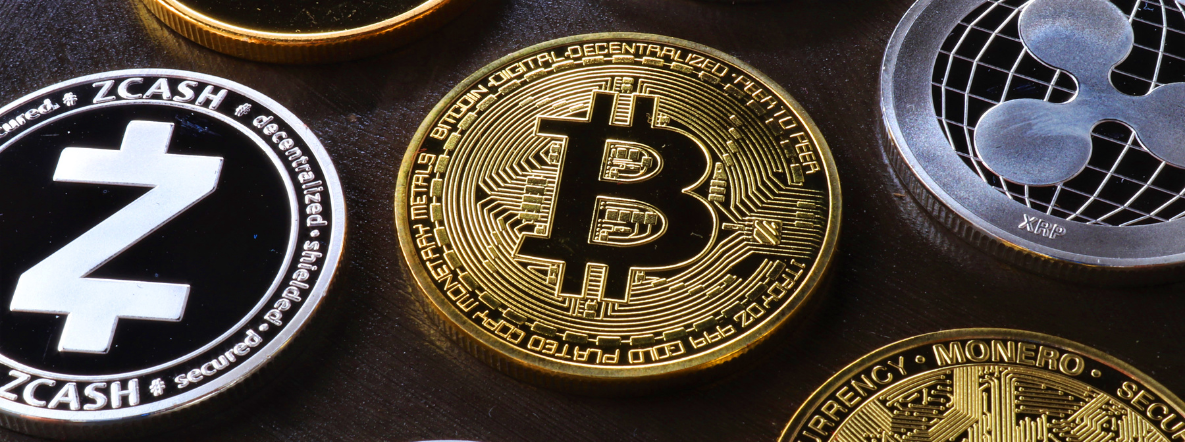Karl Marx today may well have said ‘Cryptocurrency is the opium of the masses.’ And he would have been quite right. And just as more wars have been fought in the name of organised religion more economic and financial ruin is likely to be caused in the name of cryptos.
Unless we heed Shaktikanta Das and before more people burn their fingers lured by the promise of what US acting comptroller of currency Michael Hsu calls a ‘fool’s gold rush’.
This is not the first time Das has urged caution on cryptos. His speech on Tuesday coming days after the PM convened a meeting on the issue last Saturday draws an important distinction between using technologies like blockchain for economic progress and for mining cryptos.
The former is a revolutionary technology — by timestamping documents and information it makes them tamperproof provides a secure anonymous trail and increases efficiency in trade finance remittances etc. In contrast cryptos pose a serious threat to financial and macroeconomic stability.
Central banks including in advanced countries and the Bank of International Settlements have also repeatedly expressed apprehension. Unfortunately they are up against nimble adversaries armed with a potent combination of seemingly endless access to funds matched only by a dangerous degree of greed and absence of scruples.
The term ‘cryptocurrency’ is a misnomer. They do not perform any of the functions of fiat currency — unit of account store of value or medium of exchange. On the contrary their value fluctuates wildly. The value of Bitcoin for instance fluctuated from about $7000 in 2018 to close to $70000 more recently. There is also the risk of cyberattacks and frauds whereby millions could stand to lose their hard-earned money. They also pose a threat to financial stability.
Take the banking sector. If cryptos are seen as an alternative to bank deposits and banks lose deposits their ability to create credit gets constrained. This has grave implications both for the ability of monetary policy to influence interest rates and for economic growth in a bankdriven economy like ours already struggling with low credit offtake.
That’s not all. A migration of ‘mining’ activity to emerging market economies can have serious implications for capital flows and for energy consumption. ‘Increased demand for crypto assets could facilitate capital outflows that affect the foreign exchange market. Crypto exchanges play the crucial role of facilitating the conversion of local currency to crypto assets and vice versa. The natural demand and supply for conversions can easily become unbalanced’ warns IMF.
For India which has (wisely) opted to go slow on capital account convertibility the last thing it needs is an unstable forex market where the exchange rate of rupee fluctuates wildly à la Bitcoin. Policymakers have an unenviable job. They need to balance ‘enabling financial innovation and the commitment to open free and contestable markets against challenges to financial integrity consumer protection and financial stability’.
That is a tall ask. Different countries have different policy priorities macroeconomic vulnerabilities political systems and degree of crypto adoption. An outright ban may work in China where violation could well earn capital punishment but not in a democracy.
Regulation will not be easy given the size of the market and unorganised culture. Restrictions on crypto trading could trigger new leakages as trading moves away from exchanges to peer-to-peer and other less formal or visible channels (e.g. chat rooms). So what are the next-best alternatives?
First investor education. A fool and his money are easily parted. But elected governments cannot afford to be so blasé. Not when the size of the crypto market is expected to grow to $241 million (`1795 crore) in India and to $2.3 billion (`17128 crore) worldwide by 2026 according to Nasscom. Financial literacy initiatives must be launched on a war footing and cryptos must be called out for what they are: speculative assets.
Next Advertising Standards Council of India guidelines against misleading ads must be strictly enforced. Clearly readable disclaimers as in the case of investments in mutual funds must be carried along with all ads for cryptos.
Finally RBI must expedite its own central bank digital currency (CBDC). Though the case for CBDC is much weaker in India where digitisation has grown by leaps and bounds to the extent CBDCs have some advantages over the present paper form they will obviate the need to hold other digital assets.
As Eswar Prasad puts it in The Future of Money ‘Cryptocurrencies might turn out to be nothing more than sophisticated and convoluted pyramid schemes that one day result in significant economic pain for cryptocurrency enthusiasts. When such schemes unravel they can have a disproportionate impact on gullible and vulnerable investors [and economies] who can least afford such losses.’
It’s safer to err on the side of caution.
(Disclaimer: The opinions expressed in this column are that of the writer. The facts and opinions expressed here do not reflect the views of www.economictimes.com.)






